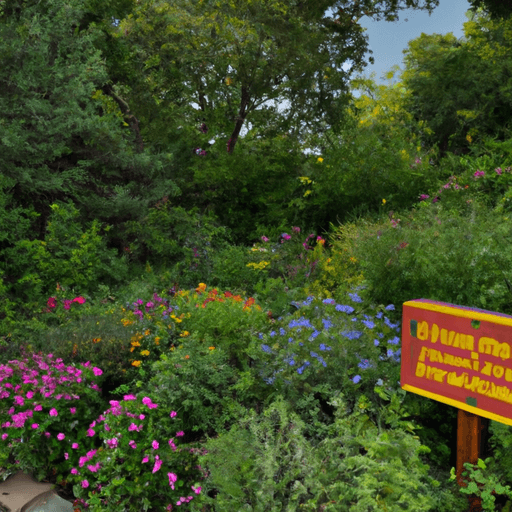754
Newsletter
Subscribe to our newsletter for exclusive content, latest news and trends, and exciting new features.
Categories
Literature and writingTechnologyMusic and EntertainmentPets and animalsBusiness and entrepreneurshipFood and cookingGaming and esportsScience and natureHealth and wellnessLifestyleEntertainmentSports and fitnessArts and cultureTravel and tourism
Environment and sustainabilityBeauty and personal careHome and gardenEducation and learning


















Comments
Leave a Comment